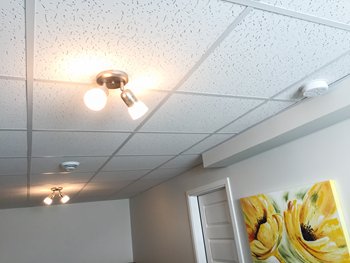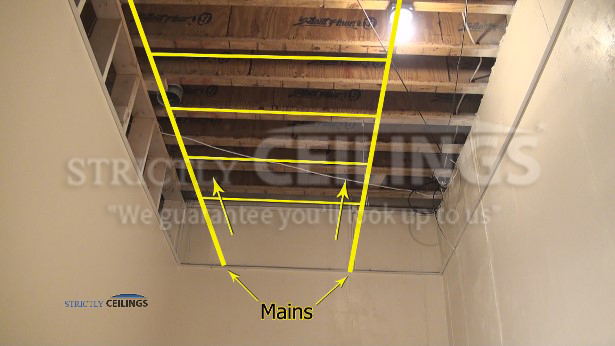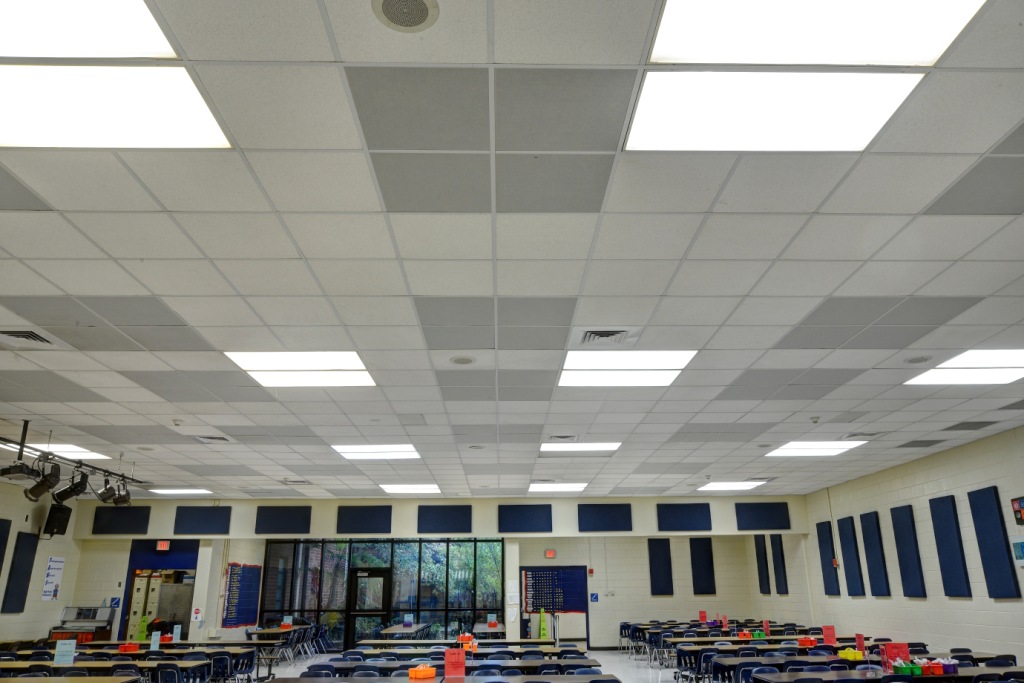If your new drop ceiling installation will have border panels make sure that the opposite sides of the room have the same border width.
Suspended ceiling calculator and planner.
Just select the layout enter the room s dimensions and hit calculate.
Dropped suspended ceiling materials estimate the amount of materials you need for your dropped suspended ceiling.
It s based on the manufacturer s recommended installation practices.
Place all ceiling and grid materials in one location.
Then get an estimate of materials needed for your project.
This estimate doesn t include an allowance for waste.
Types of ceilings suspended or drop ceiling tiles rest in a grid system suspended from ceiling joists.
Measure the length of the room at the longest point if irregular and the width of the room at the widest point if irregular.
Plan the location of each ceiling panel for an even layout.
Use the recessed lighting calculator on this page to calculate the placement and spacing for general lighting in a room.
The ceiling project estimator from armstrong ceilings.
This calculator is designed to give an approximate quantity for all materials needed for a drop ceiling installation.
There are really four main parts to a suspended ceiling.
Drop ceiling panels come in textured tile metallic tones and more.
The grid system makes it easy to level ceilings and offers easy access to pipes and wiring above the ceiling.
Choose your ceiling options and get an estimate of cost and materials needed for your project.
Other methods of installation may use more or less material.
The calculation of material needed is based on measurements but the actual amounts needed could be slightly different depending on how you lay out the grid.
If you re unsure of how many lights the room needs there s a calculator on this page that will help.
A little time spent planning out your suspended ceiling grid layout will really help you as a installation blu print and in ordering material.
Use the drop ceiling calculator to help lay out a 24 x 24 and 24 x 48 ceiling.
Always cut panels face up with a sharp utility knife.




























